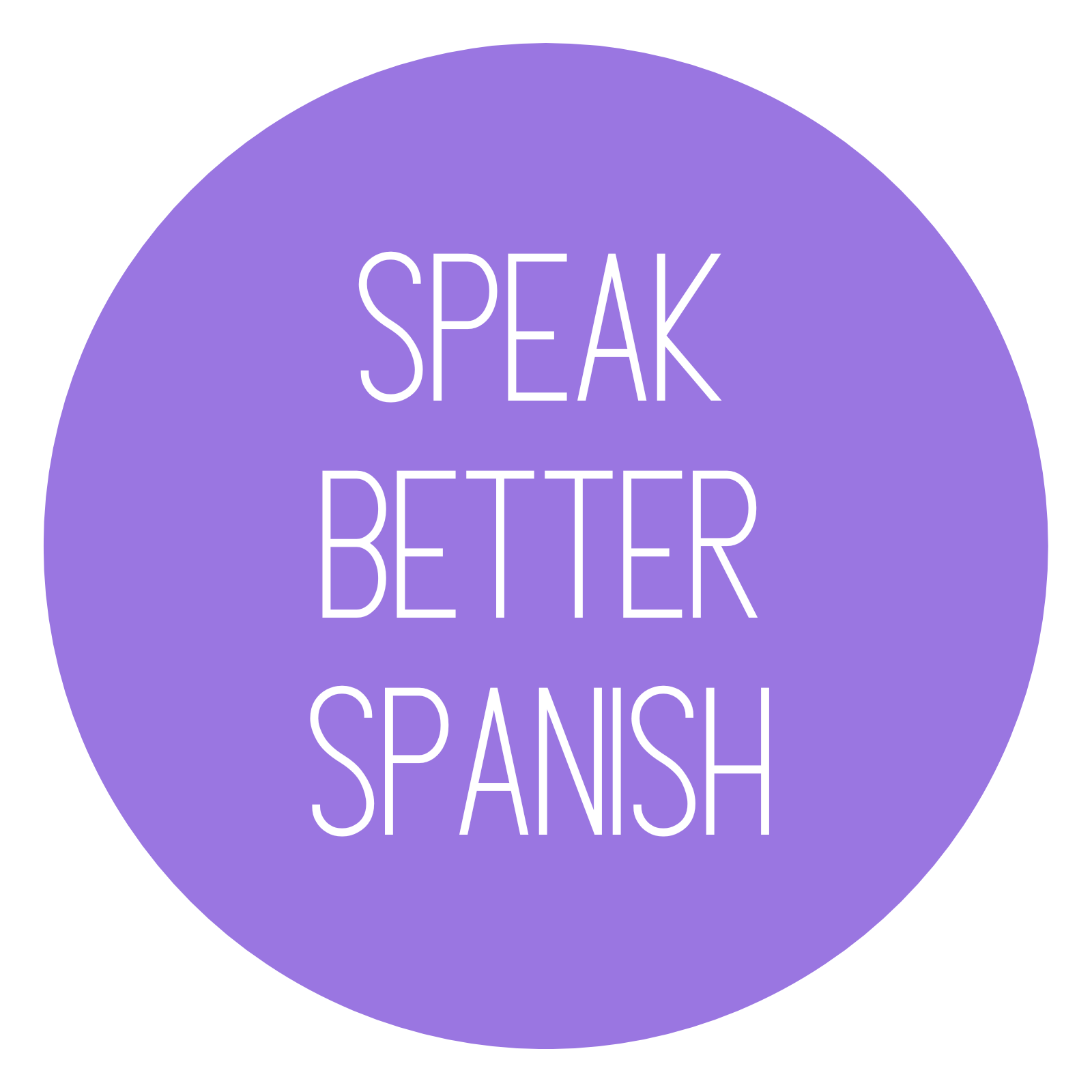Have you ever been in a situation where you had to tell the time in Spanish? ⏰ Maybe you had to schedule a meeting or a car to pick you up, or it could even be a simple conversation between friends. Learn how to tell the time in Spanish, how to reply to the classic ¿Qué hora es? and enrich your Spanish language skills.
How to ask for the time in Spanish
Let’s start with the most important Spanish phrase: ¿Qué hora es? (What time is it?). You’ve probably already been in a situation where you asked (or were asked) about the time. Here are some different ways you can ask “What’s the time” in Spanish:
- ¿Qué hora es? – What time is it?
- Disculpe, ¿qué hora es? – Excuse me, what time is it? (This is for those situations when you need to ask politely.)
- ¿Sabes qué hora es? – Do you know what time it is?
- ¿Tienes hora? – Do you have the time?
- ¿Tienes la hora exacta? – Do you have the exact time?
How to tell the time in Spanish
Now you know how to ask for the time in Spanish, but how do you reply? First, we’re going over the numbers in Spanish. A language refresher. And after that, you’re going to learn how to tell what hour it is… en español.
How to count in Spanish from 1 to 12
- Una: Es la una y cuarto. (It’s 1:15)
- Dos: Son las dos y media. (It’s 2:30)
- Tres: Son las tres y veinte. (It’s 3:25)
- Cuatro: Son las cuatro y diez. (It’s 4:10)
- Cinco: Son las cinco y veinticinco. (It’s 5:25)
- Seis: Son las seis y doce. (It’s 6:12)
- Siete: Son las siete y cuarto. (It’s 7:15)
- Ocho: Son las ocho y cuarto. (It’s 8:15)
- Nueve: Son las nueve cuarenta y cuatro. (It’s 9:44)
- Diez: Son las diez y media. (It’s 10:30)
- Once: Son las once y cinco. (It’s 11:05)
- Doce: Son las doce y cuarto. (It’s 12:15)
Tell the time by the hour
You’ll notice something interesting when telling time in Spanish: the use of la and las. If the time falls somewhere between one o’clock and two o’clock, we say es la… (it is… o’clock). For all the other hours, we will say instead son las.. (it is… o’clock). Check out the examples below:
- It’s one o’clock. – Es la una.
- It’s two o’clock. – Son las dos.
- It’s three o’clock. – Son las tres.
- It’s four o’clock. – Son las cuatro.
- It’s five o’clock. – Son las cinco.
- It’s six o’clock. – Son las seis.
- It’s seven o’clock. – Son las siete.
- It’s eight o’clock. – Son las ocho.
- It’s nine o’clock. – Son las nueve.
- It’s ten o’clock. – Son las diez.
- It’s eleven o’clock. – Son las once.
- It’s twelve o’clock. – Son las doce.
Another thing to remember is that we use the verb ser (to be) to talk about the time: es (third-person singular, present tense) and son (third-person plural, present tense).
… and don’t forget about the minutes
What about 12:15 or 10:30? Learn how to say the minutes in Spanish:
- y cinco – five past
- y diez – ten past
- y cuarto – quarter past
- y veinte – twenty past
- y media – half past
- menos veinte – twenty to
- menos cuarto – quarter to
- menos diez – ten to
- menos cinco – five to
- en punto – o’clock
For example, “It’s 12:15” is Son las doce y cuarto, and “It’s 10:30” is Son las diez y media. Now you may ask, what about 11:44 or 1:12? In this case, numbers come to your rescue! “It’s 11:44” will be Son las once cuarenta y cuatro, and “It’s 1:12” will be Es la una y doce. As you can see, we will mostly use es/son + la/las + hour + y + number of minutes to tell the time. If it’s noon, we say mediodía. And if it’s midnight, medianoche.
How to indicate the time of day in Spanish
Time comes in many flavors: you have the 12-hour clock and the 24-hour clock. Most Spanish-speaking countries express time using the 24-hour clock (also known as military time), which can be confusing if you’re not used to it. So how do you tell the time if you don’t use AM or PM? Here’s how:
- de la mañana – in the morning (used for the times before lunch or mediodía)
- de la tarde – in the afternoon
- de la noche – in the night
- de la madrugada – for early morning (dawn) and early hours after midnight (medianoche)
Since we’re on the topic, do you also get confused by when mañana means “morning” and when “tomorrow”? Learn the difference between morning and tomorrow in Spanish.
Telling time is easy! I hope this lesson helped you understand how to talk about time in Spanish and if you have any questions, please drop a comment below.
If you want to learn more Spanish, also check out how to talk about work and professions in Spanish (learn how to answer to ¿Cuál es el trabajo de tus sueños?), download our free Spanish conversation course ebook, and sign up for our weekly newsletter. Thanks ❤️





0 Comments